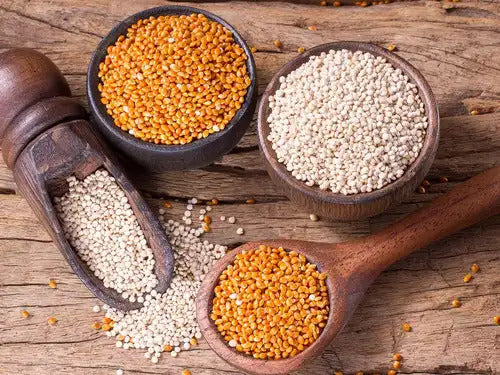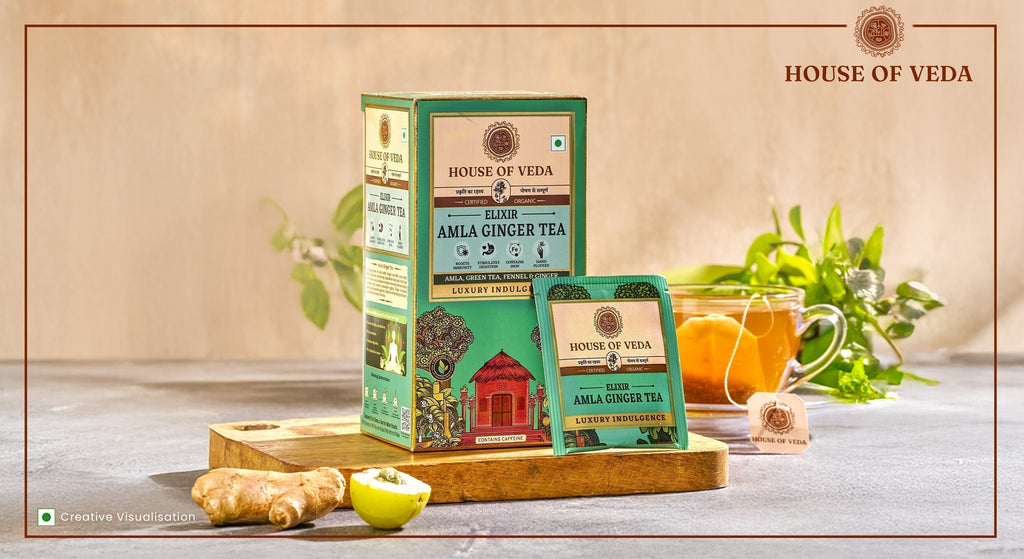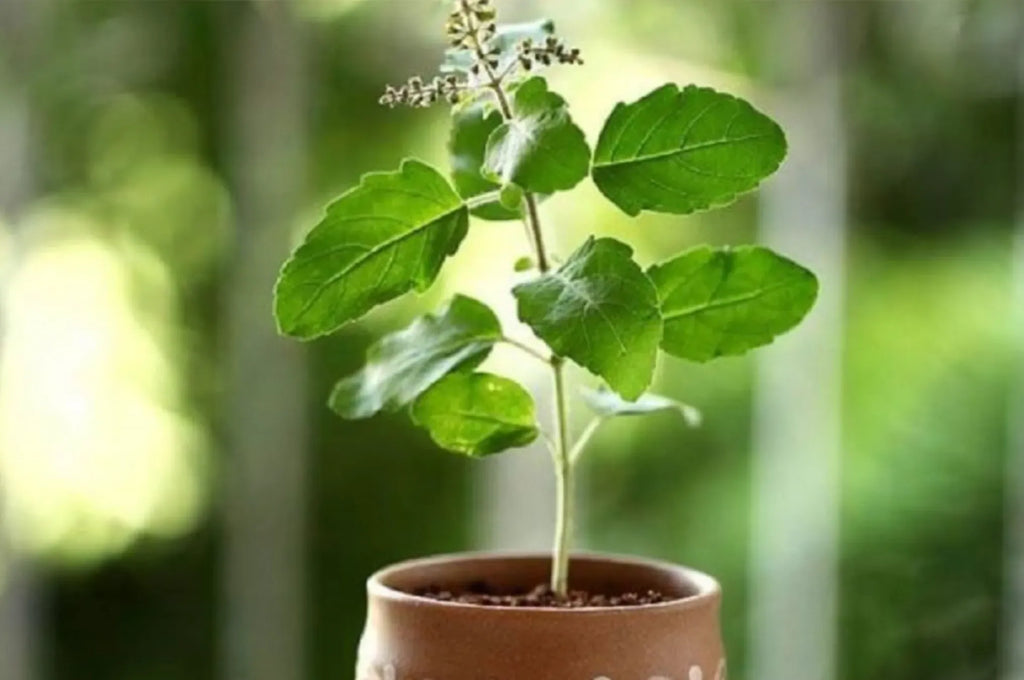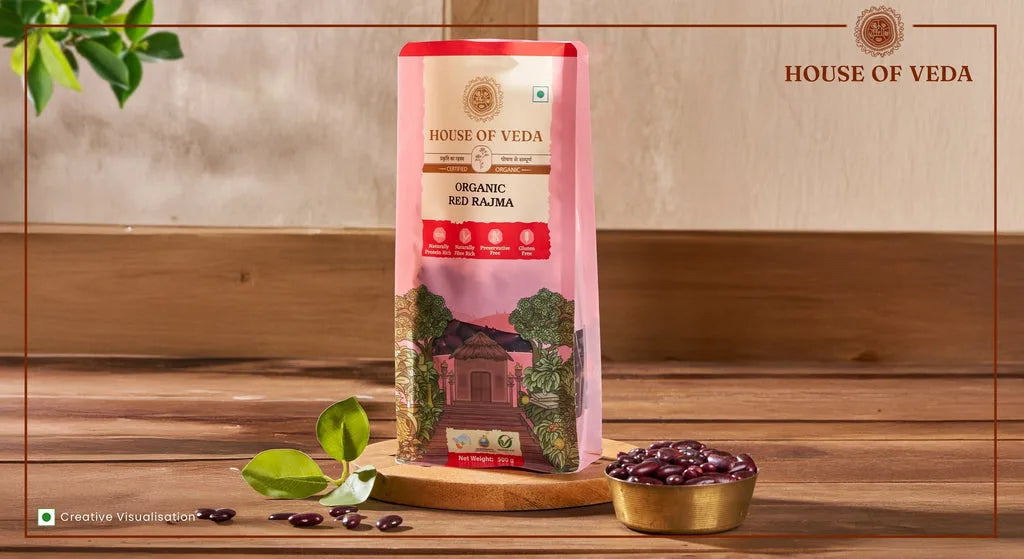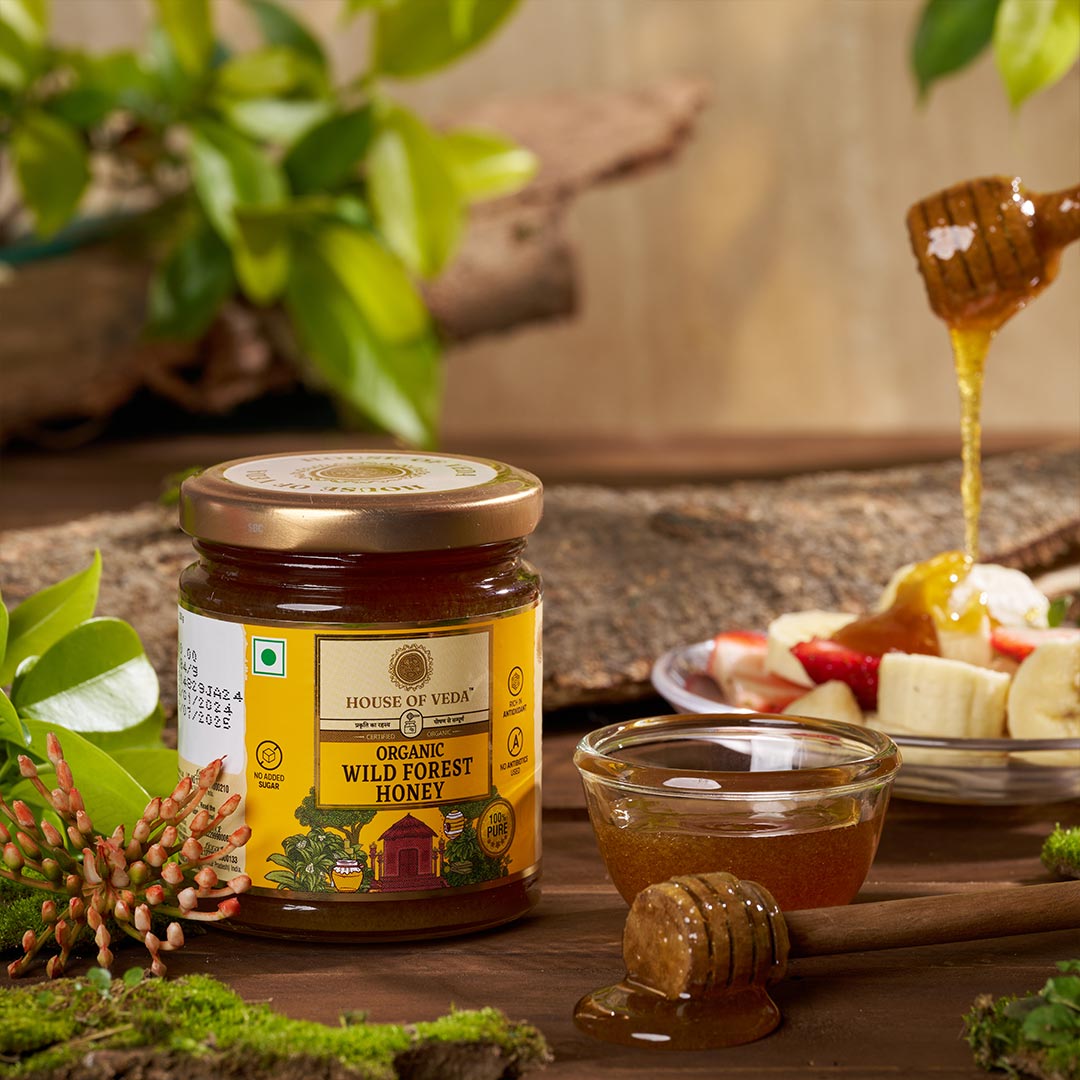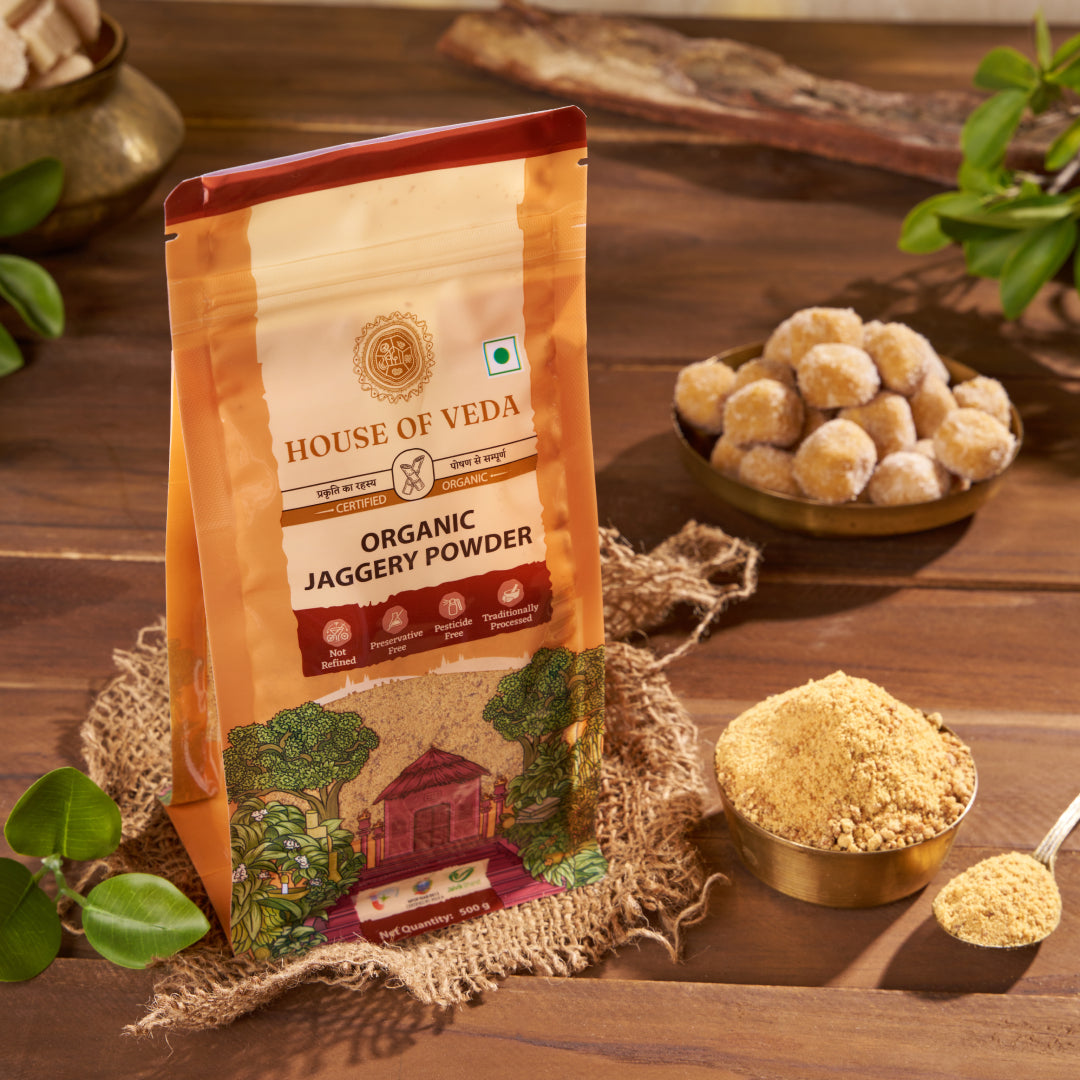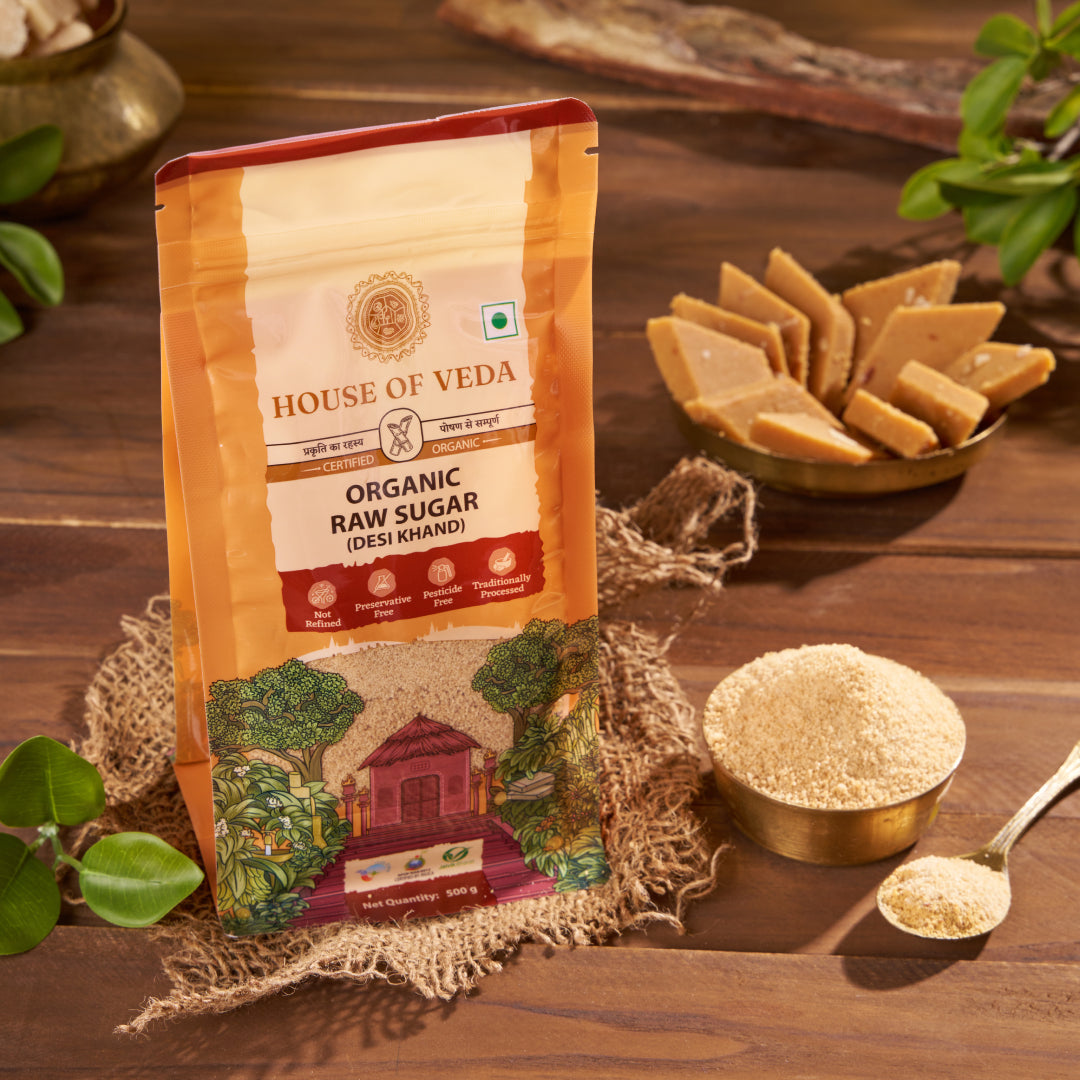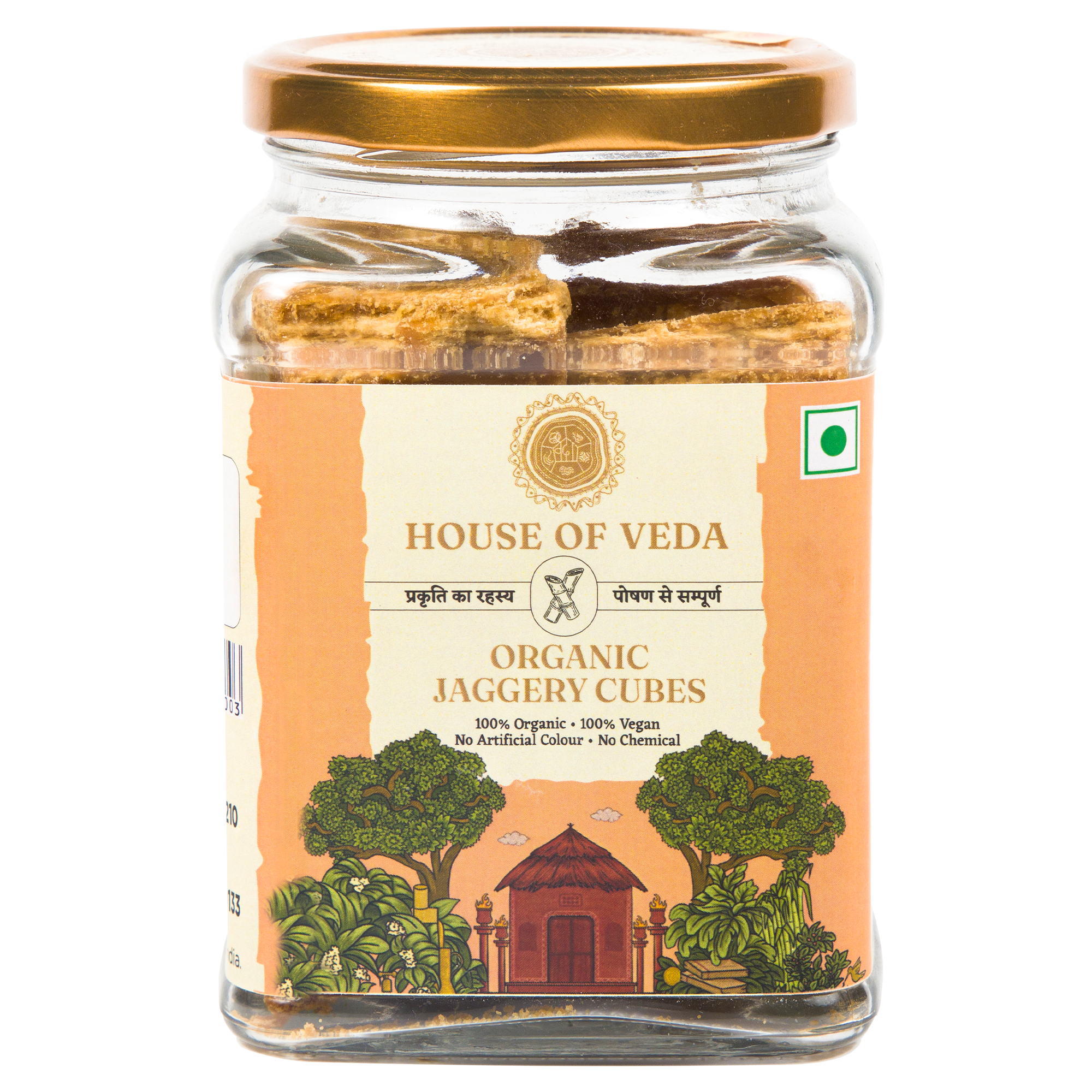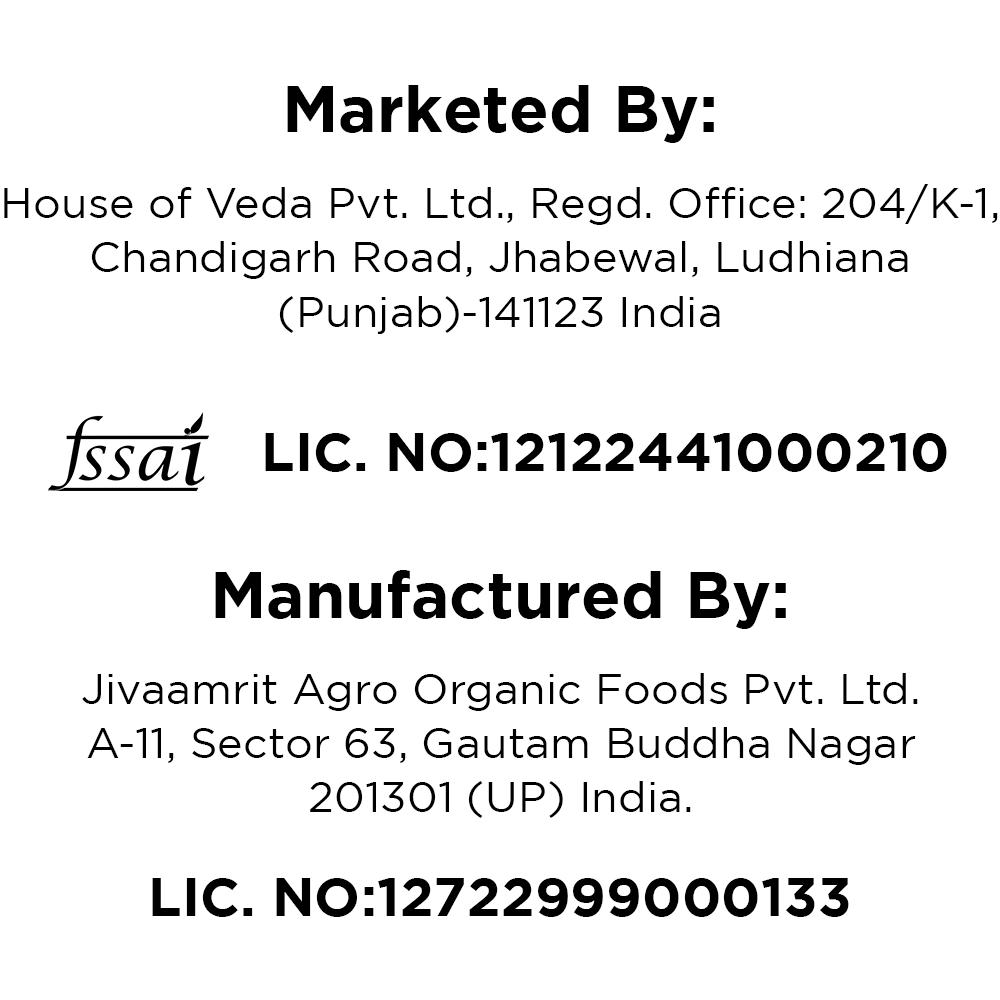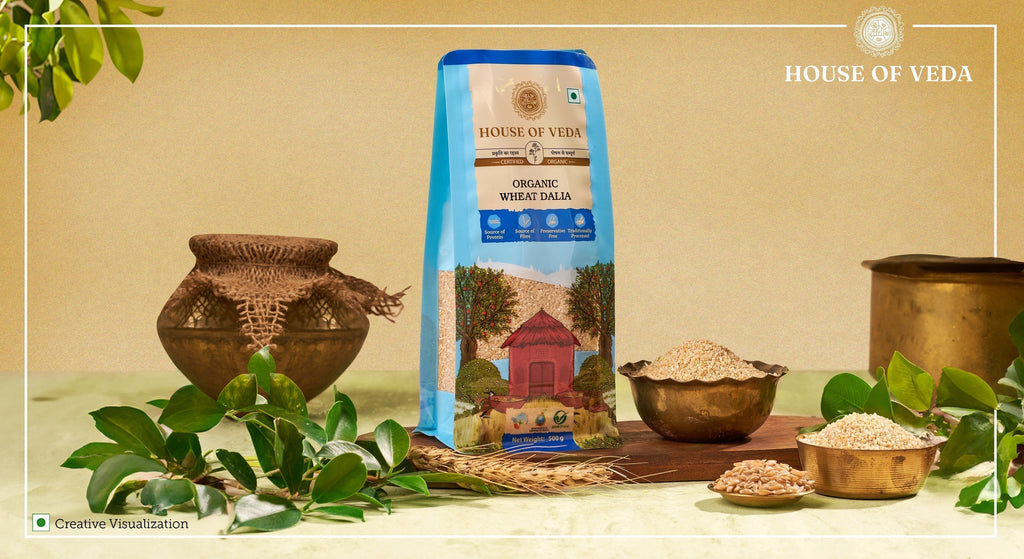
Dalia: Nutrition, Health Benefits, and Delicious Recipes

In the realm of wholesome grains, dalia (cracked wheat) is often referred to as a hidden gem. This versatile and nutrient-dense food has been a cornerstone of Indian diets for generations. From its humble beginnings in traditional kitchens to its rise as a health-conscious choice, dalia is celebrated for its simplicity, affordability, and wide-ranging health benefits.
This comprehensive blog dives into what makes dalia an indispensable superfood: its nutritional composition, types, culinary applications, health benefits, and its role in a modern diet.
What is Dalia? Understanding Its Composition and Origins
Dalia is made by crushing whole wheat kernels into smaller pieces without removing their bran, germ, or endosperm. Unlike refined grains, dalia retains its full nutritional value due to minimal processing.
Origins of Dalia
Dalia has roots in ancient Indian and Middle Eastern culinary traditions. Used as a base for many savory and sweet dishes, it has been cherished for its sustained energy release and digestive benefits. Its ability to adapt to various flavors makes it an integral part of both everyday meals and festive dishes.
What Makes Dalia Stand Out?
- Whole Grain Goodness: Unlike polished grains such as white rice, dalia is a whole grain. This means it contains essential nutrients such as fiber, protein, and complex carbohydrates.
- Versatility in Cooking: From creamy porridges to savory pulaos, dalia can be cooked in multiple ways, suiting all palates and dietary needs.
-
Quick to Prepare: With a cook time of 10–15 minutes, dalia is an excellent choice for those seeking nutritious meals without the hassle.

Types of Dalia
Dalia comes in different textures, each catering to specific recipes and preferences.
1.Coarse Dalia
Coarse dalia features larger and more uneven grains, which give it a distinct chewy texture when cooked. It is perfect for hearty and wholesome dishes that benefit from a firm bite. It is commonly used in soups, where its texture adds a substantial and filling quality and is also suitable for savory preparations like pulao and kheema dalia. Because of its coarse nature, it digests slowly, making it a good choice for maintaining energy levels throughout the day.
2. Medium Dalia
Medium dalia offers a balanced texture that cooks evenly and retains a slight firmness. It is a versatile meal option and can be easily used in Indian households for its adaptability. Some of the dishes that can be prepared with the medium dalia include upma, khichdi, and porridges. This dalia type can also be incorporated into vegetable stir-fries or salads for a nutty flavor. Its moderate texture provides the body with a steady release of energy and is a great source of dietary fibre.
3. Fine Dalia
Fine dalia is finely milled, resembling semolina or rava in texture. It cooks quickly and blends seamlessly into recipes. It is best suited for sweet dishes and recipes that require a soft consistency. Some of the common preparations with fine dalia include lapsi which is a traditional Indian dessert, halwa, and baby food due to its quick cooking time and soft texture. It can also be used as a thickener in soups or gravies for added nutrition. Moreover, it is light on the stomach and easy to digest, making it a great option for people recovering from illnesses or needing easily digestible meals.
Choosing the Right Type
The type of dalia you select depends on your recipe and desired texture. Coarse dalia adds a hearty quality to meals, medium dalia is an all-purpose choice, and fine dalia works best for quick-cooking or delicate dishes.
Tips for Storing Dalia
To retain its freshness:
- Store dalia in an airtight container in a cool, dry place.
- For long-term storage, consider refrigerating or freezing it to prevent spoilage caused by humidity or pests.
Nutritional Composition: What Makes Dalia a Superfood?
Dalia's nutrient profile speaks volumes about its health benefits. Here’s a detailed breakdown:
Macronutrients (Per 100g)
- Calories: 340 kcal
- Protein: 12g
- Carbohydrates: 76g
- Dietary Fiber: 18g
- Fat: 1g
Micronutrients
- Iron: Supports oxygen transport in the body and prevents anemia.
- Magnesium: Essential for nerve and muscle function.
- Zinc and Selenium: Promote immune health and cellular repair.
-
B Vitamins: Aid in energy production and red blood cell formation.
Dalia vs. Other Grains: How It Compares

Here’s a comparative table highlighting how dalia fares against other grains like rice, oats, and quinoa:
|
Nutrient |
Dalia |
White Rice |
Oats |
Quinoa |
|---|---|---|---|---|
|
Protein |
12g |
7g |
14g |
15g |
|
Fiber |
18g |
1g |
10g |
8g |
|
Calories |
340 kcal |
365 kcal |
389 kcal |
368 kcal |
|
Glycemic Index |
Low |
High |
Low |
Low |
Key Takeaways:
- Better Than Rice: While white rice has negligible fibre, dalia provides both fibre and protein, aiding in digestion and muscle repair.
- Quinoa Competitor: Though quinoa has a similar nutritional profile, dalia is far more affordable and culturally suited to Indian cuisines.
Healthier Than Pasta: Dalia is unprocessed and nutrient-rich, whereas pasta is typically refined and calorie-dense.
Health Benefits of Dalia

As dalia offers several health benefits, it’s a great choice to add it in your diet. Some of the health benefits are mentioned below:
1. Promotes Digestive Health
Dalia is packed with dietary fiber, which plays a crucial role in maintaining a healthy digestive system. Fiber adds bulk to the stool, making it easier to pass and reducing the risk of constipation. It also promotes the growth of beneficial gut bacteria, which enhance nutrient absorption and improve overall gut health. Regular consumption of dalia can help maintain a smooth and balanced digestive process.
2. Aids in Weight Loss
The high fiber and complex carbohydrates in dalia work synergistically to promote satiety, keeping you full for longer periods and reducing the temptation for unhealthy snacking. Its low-calorie yet nutrient-dense profile provides essential nutrients without adding unnecessary calories, making it an excellent choice for weight watchers. Incorporating dalia into your diet can support steady weight loss without compromising energy levels or nutrition.
3. Lowers Cholesterol Levels
Dalia contains soluble fiber, which binds with cholesterol in the gut, preventing its absorption into the bloodstream. This process helps reduce levels of LDL (bad cholesterol) while maintaining or even boosting HDL (good cholesterol). By incorporating dalia into your meals, you can support cardiovascular health and reduce the risk of heart diseases. Its cholesterol-lowering properties make it an excellent addition to a heart-healthy diet.
4. Helps Manage Blood Sugar
One of the standout features of dalia is its low glycemic index, which ensures that it releases glucose slowly into the bloodstream. This gradual release helps prevent sudden sugar spikes and crashes, making dalia an ideal food choice for people with diabetes or those looking to regulate their blood sugar levels. The fiber in dalia further aids in slowing down sugar absorption, ensuring steady energy levels throughout the day.
5. Boosts Energy Levels
Rich in complex carbohydrates, dalia serves as a steady source of energy. Unlike simple carbs, which provide a quick but short-lived energy boost, complex carbs in dalia break down slowly, offering sustained energy over time. This makes it an excellent pre- or post-workout meal, as it replenishes glycogen stores and aids in muscle recovery. Its nutrient profile also supports long-lasting endurance, making it a go-to option for active individuals.
6. Strengthens Bones
Dalia is a good source of magnesium and phosphorus, two essential minerals that contribute to bone health. Magnesium enhances the absorption of calcium, a key mineral for bone density, while phosphorus plays a structural role in the formation of bones and teeth. Consuming dalia regularly can help prevent bone-related conditions such as osteoporosis and maintain strong, healthy bones over time. Adding dalia to your diet is a simple yet effective way to support skeletal health.
Popular Dishes Featuring Dalia

Breakfast Favorites :
1. Sweet Dalia Porridge
Ingredients:
- 1 cup dalia (broken wheat)
- 2 cups milk
- 1/4 cup jaggery (adjust to taste)
- 1/4 teaspoon cardamom powder
- 2 tablespoons chopped almonds (optional)
- 2 cups water
Instructions:
- Wash the dalia thoroughly. In a pan, dry roast it on low heat until aromatic and golden brown.
- Add water to the pan and cook the dalia on medium heat until it softens, stirring occasionally to prevent sticking.
- Once the dalia is cooked, add milk and simmer for 5-7 minutes until the mixture thickens.
- Stir in jaggery and mix well until it dissolves. Add cardamom powder for flavor.
- Serve warm, topped with chopped almonds for an indulgent and nutritious breakfast.
2. Savory Vegetable Upma
Ingredients:
- 1 cup dalia
- 1 cup mixed vegetables (carrots, peas, beans, etc.)
- 2 tablespoons oil or ghee
- 1 teaspoon mustard seeds
- 1 sprig curry leaves
- 2 green chilies, chopped
- 1 medium onion, finely chopped
- 1/4 teaspoon turmeric powder
- Salt to taste
- 2 1/2 cups water
- Fresh coriander leaves for garnish
Instructions:
- Dry roast dalia in a pan until lightly golden and aromatic. Set aside.
- Heat oil or ghee in the same pan. Add mustard seeds, curry leaves, and green chilies, letting them splutter.
- Add the chopped onion and sauté until translucent. Add the vegetables and sauté for 2-3 minutes.
- Stir in turmeric powder, salt, and roasted dalia. Mix well.
- Pour in water, bring it to a boil, then reduce the heat and let it simmer until dalia and vegetables are cooked and the water is absorbed.
- Garnish with coriander leaves and serve hot with yogurt or chutney.
Main Course Options :
1. Dalia Khichdi
Ingredients:
- 1/2 cup dalia
- 1/4 cup moong dal (yellow lentils)
- 1 cup mixed vegetables (potatoes, carrots, peas, etc.)
- 1 teaspoon cumin seeds
- 1/2 teaspoon turmeric powder
- 1/2 teaspoon red chili powder (optional)
- 2 tablespoons ghee or oil
- 4 cups water
- Salt to taste
Instructions:
- Rinse dalia and moong dal thoroughly. Heat ghee or oil in a pressure cooker and add cumin seeds.
- Once they splutter, add the vegetables and sauté for 2-3 minutes.
- Add dalia, moong dal, turmeric powder, red chili powder, and salt. Mix well.
- Pour in water, close the lid, and cook for 2-3 whistles. Let the pressure release naturally.
- Serve warm with a dollop of ghee for added flavor.
2. Dalia Pulao
Ingredients:
- 1 cup coarse dalia
- 1 cup mixed vegetables (capsicum, peas, beans, etc.)
- 1 medium onion, sliced
- 2 green chilies, slit
- 1 teaspoon cumin seeds
- 2 tablespoons oil or ghee
- 2 cups water
- Salt to taste
- Fresh coriander leaves for garnish
Instructions:
- Dry roast dalia until golden and aromatic. Set aside.
- Heat oil or ghee in a pan. Add cumin seeds and green chilies and let them splutter.
- Add the onion and sauté until golden brown. Add vegetables and cook for 3-4 minutes.
- Add the roasted dalia and mix well. Pour in water, add salt, and bring to a boil.
- Cover and simmer until the dalia is cooked and water is absorbed.
- Garnish with coriander leaves and serve hot with raita or pickle.
Desserts :
1. Lapsi
Ingredients:
- 1 cup dalia
- 2 tablespoons ghee
- 2 cups water
- 1/2 cup jaggery (adjust to taste)
- 1/4 teaspoon cardamom powder
- 2 tablespoons chopped nuts (almonds, cashews, or pistachios)
Instructions:
- Heat ghee in a pan and roast dalia until golden brown.
- Add water and cook on low heat until dalia softens and absorbs the water.
- Stir in jaggery and cook for 5-7 minutes until it dissolves and blends with the dalia.
- Add cardamom powder and mix well. Garnish with chopped nuts and serve warm.
2. Dalia Kheer
Ingredients:
- 1/2 cup fine dalia
- 4 cups milk
- 1/4 cup sugar (or adjust to taste)
- 1/4 teaspoon cardamom powder
- A pinch of saffron strands (optional)
- 2 tablespoons chopped nuts (almonds, cashews, or pistachios)
Instructions:
- Wash and dry roast dalia lightly in a pan.
- Heat milk in a saucepan and bring it to a boil. Add the roasted dalia to the milk.
- Cook on low heat, stirring occasionally, until the dalia is fully cooked and the mixture thickens.
- Add sugar and stir until it dissolves. Mix in cardamom powder and saffron strands (if using).
- Garnish with chopped nuts and serve warm or chilled as per preference.
Dalia for Fitness Enthusiasts
1. Pre-Workout Fuel
Dalia’s slow-releasing carbs ensure a steady energy supply, making it an excellent choice before exercise.
2. Post-Workout Recovery
The protein in dalia helps repair muscle tissue, while its carbs replenish glycogen stores. Pair it with milk or yogurt for added benefits.
3. Muscle Building
Dalia, when combined with legumes or dairy, forms a complete protein that aids in muscle growth.
Dalia: A Sustainable and Affordable Grain
Choosing dalia is not just a healthy choice, it’s also an environmentally conscious one. Minimal processing and local availability make dalia a sustainable food option compared to imported grains like quinoa. Additionally, its affordability ensures that people from all economic backgrounds can access this nutritional powerhouse.
Conclusion
Dalia is more than just a grain; it’s a symbol of nutrition, versatility, and tradition. By incorporating dalia into your daily diet, you can enjoy a wide range of health benefits while savoring its delicious flavors. Whether you’re looking to lose weight, boost energy, or improve digestion, dalia has something for everyone.
Buy Now House of Veda Organic Dalia for a Healthy and Tasty Meal!
FAQs
1.Can Diabetics Eat Dalia?
Yes, dalia’s low glycemic index makes it a safe and beneficial option for managing blood sugar levels.
2.Is Dalia Gluten-Free?
No, dalia contains gluten and is unsuitable for people with celiac disease or gluten intolerance.
3.Can Babies Eat Dalia?
Absolutely! Dalia is highly digestible and can be introduced as a porridge for babies above six months.
"The House of Veda stands by the V-E-D-A principles. Every blog we write and every product we offer is built on Verified Experience and Expertise. We are committed to Dependability and Authenticity, ensuring that our community receives nothing but the best in organic wellness."
"V-E-D-A" (Experience, Dependability, Authority, and Authenticity)


